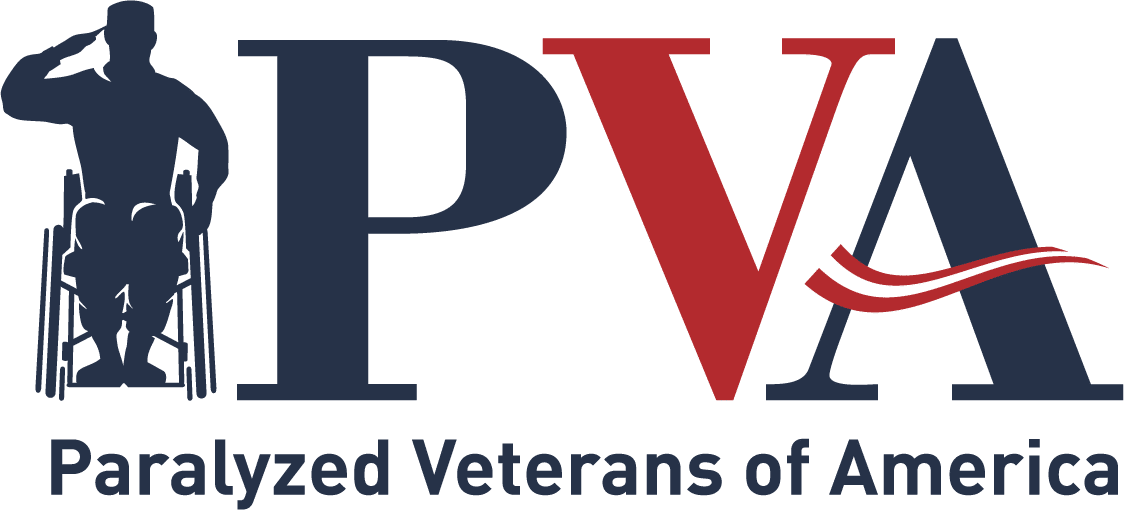VA MISSION Act Provides New Health Care Options for Vets
Posted By PVA Admin on May 31, 2018On May 23, the United States Senate voted 92-5 for the VA MISSION Act. The bill is now headed to President Trump’s desk for signature. The House of Representatives passed the bill on May 16, by a vote of 347-70. This historic legislation will reform care in the community, assess VA’s infrastructure, and finally, correct the inequality of the VA Caregiver Program.
Since the access crisis, illustrated by wait times in Phoenix in 2014, Congress, VA, and VSOs have worked to create a system to ensure it never happens again. While the VA MISSION Act is not a perfect solution, it is a monumental step forward to ensure veterans are never without options. All seven VA community care programs, including the Choice program will be consolidated in to a single program. The infrastructure provision will review and realign VA’s health care infrastructure. Other provisions will strengthen VA’s ability to hire and train medical personnel.
Veterans who were catastrophically injured before September 11, 2001, and their caregivers, will also now be eligible to access the full services of the Caregiver Program. By ending this inequity, roughly 70,000 veterans will now be able to receive care and remain in their homes. At the same time, their caregivers, having sacrificed their own health and employment opportunities, some for half a century, will finally have desperately needed supports, and be acknowledged for the decades of service given, and billions of taxpayer dollars saved.
The passage of the VA MISSION Act is largely due to the efforts of Senate Veterans’ Affairs Committee Chairman Johnny Isakson (R-GA) and Ranking Member Jon Tester (D-MT), as well as House Veterans’ Affairs Committee Chairman Phil Roe (R-TN). The advancement and ultimate inclusion of the caregiver expansion in the final version of the bill is due to the persistence of Senator Patty Murray (D-WA). Without the bipartisan efforts of the House Veterans’ Affairs Committee and the bipartisan leadership of the Senate Veterans’ Affairs Committee, this legislation would not have made it across the finish line.
The expansion of VA’s Caregiver Program has been a top priority for PVA for the last eight years. Recognizing the degree of injury endured by service members returning home from recent conflicts, and the burden shouldered by their caregivers, Congress took bold action in 2010 to enable VA to meet their needs and established the Program of Comprehensive Assistance for Family Caregivers, though limited it to veterans injured on or after September 11, 2001. As a result of the VA MISSION Act, as soon as VA has certified their information technology is updated and prepared to handle a new influx of applicants, those veterans injured on or before May 7, 1975, will be able to apply. Two years later, those veterans injured on or after May 8, 1975, will be able to apply to the Caregiver Program.
As with any unique program, especially one that is the scale of the Caregiver Program (there are currently 22,000 participants) and this integrated a reach, challenges were encountered. Challenges included unclear policy, understaffing, and an antiquated IT system. Over the last eight years, the only reason this program was not expanded was due to cost concerns. While expansion will be a significant cost, upwards of several billion dollars, as estimated by the Congressional Budget Office, it is also true there would be commensurate savings from delaying a veteran’s entry into institutional care and community savings by ensuring caregivers remain healthy.
For all the bluster, debate, and discussion from Congress about veterans’ choice and care in the community, what they long failed to hear was the near universal call from disabled veterans who choose to be cared for at home with their families. And for eight years, Congress said it costs too much; however, this year saw cracks in that position. As the country confronts an impending wave of aging veterans, who will soon require long-term care services, and acknowledges the moral vacuum that is a program based on date of injury, members of the House and Senate Committees on Veterans’ Affairs found a path forward for caregivers.
The ability to remain at home, with one’s spouse and children, among friends, and in a community, is critical to a veteran’s wellbeing. At the same time, we know caregivers have sacrificed to care for their veterans. PVA, alongside other veterans service organizations, will continue to advocate for America’s heroes and their caregivers, and ensure this program is implemented properly, and made available to pre-9/11 veterans as quickly as possible.

